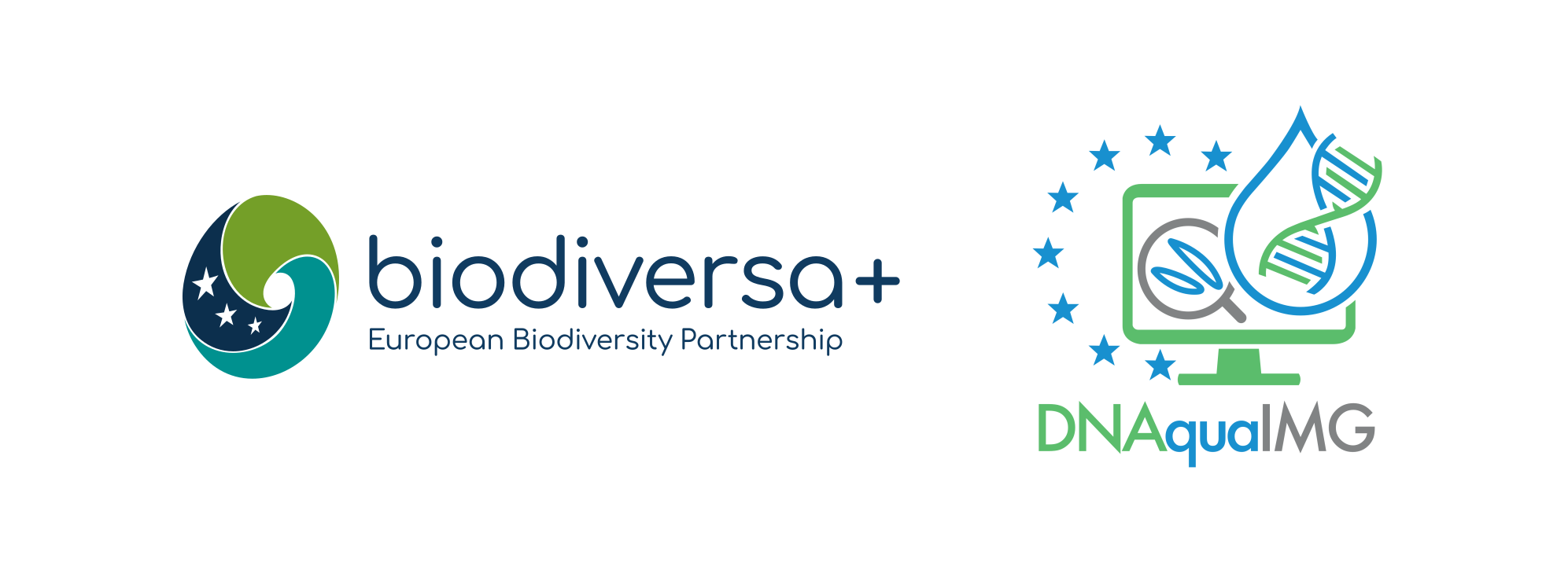Innovating biodiversity monitoring
This project is one of 33 successful biodiversa+ projects from the “BioDivMon” call 2022. The call aimed at improving transnational monitoring of biodiversity and ecosystem change with a focus on three aspects:
- Innovation and harmonisation of methods and tools for the collection and management of biodiversity monitoring data.
- Addressing knowledge gaps related to biodiversity status, dynamics, and trends in order to reverse biodiversity loss.
- Making effective use of available biodiversity monitoring data.
DNAquaIMG addresses all three points. 1) It innovates monitoring by integrating novel techniques. 2) It addresses a critical knowledge gap with respect to the link between freshwater biodiversity & ecological state. 3) It makes effective use by linking to the European Water Framework Directive.
The Context of DNAquaIMG

Comprehensive and reliable data are essential to understand biodiversity status and drivers, predict trends, and guide management and restoration in the context of European and international regulations. Two emerging approaches hold great promise to improve current biodiversity data generation: DNA-based and automated image-based assessment methods (see below). Combined, these complementary approaches can offer an opportunity for greatly enriched biodiversity data, while both approaches can be to a large extent automated to produce FAIR biodiversity data for large sample sizes. Building on its results and together with relevant stakeholders, DNAquaIMG will propose a biodiversity monitoring roadmap to fully seize the potential of these new methods into the existing policy context of the EU Water Framework Directive (EG/2000/60, WFD) and maximizes synergies between existing environmental monitoring programmes, jointly improving aquatic biodiversity and ecosystem management.
Main Objective
DNAquaIMG will develop and test an efficient and effective approach to monitor freshwater invertebrates and diatoms with novel DNA and automated image-based biodiversity assessment methods. Together with stakeholders involved in environmental monitoring, the consortium will develop a roadmap for European freshwater biodiversity monitoring with these methods, built into the existing and well-established context of the WFD.
Target groups: freshwater diatoms & invertebrates
DNAquaIMG proposes to further develop, test and harmonize DNA-based and automated image-based biodiversity monitoring in rivers by targeting the most typically assessed taxonomic groups in routine freshwater biomonitoring: invertebrates and diatoms.
Together with stakeholders that perform WFD sampling in the European countries, we will sample these key biological quality elements and test if the routine sampling procedures can be adjusted to make sample material suitable for molecular and image-based analysis.
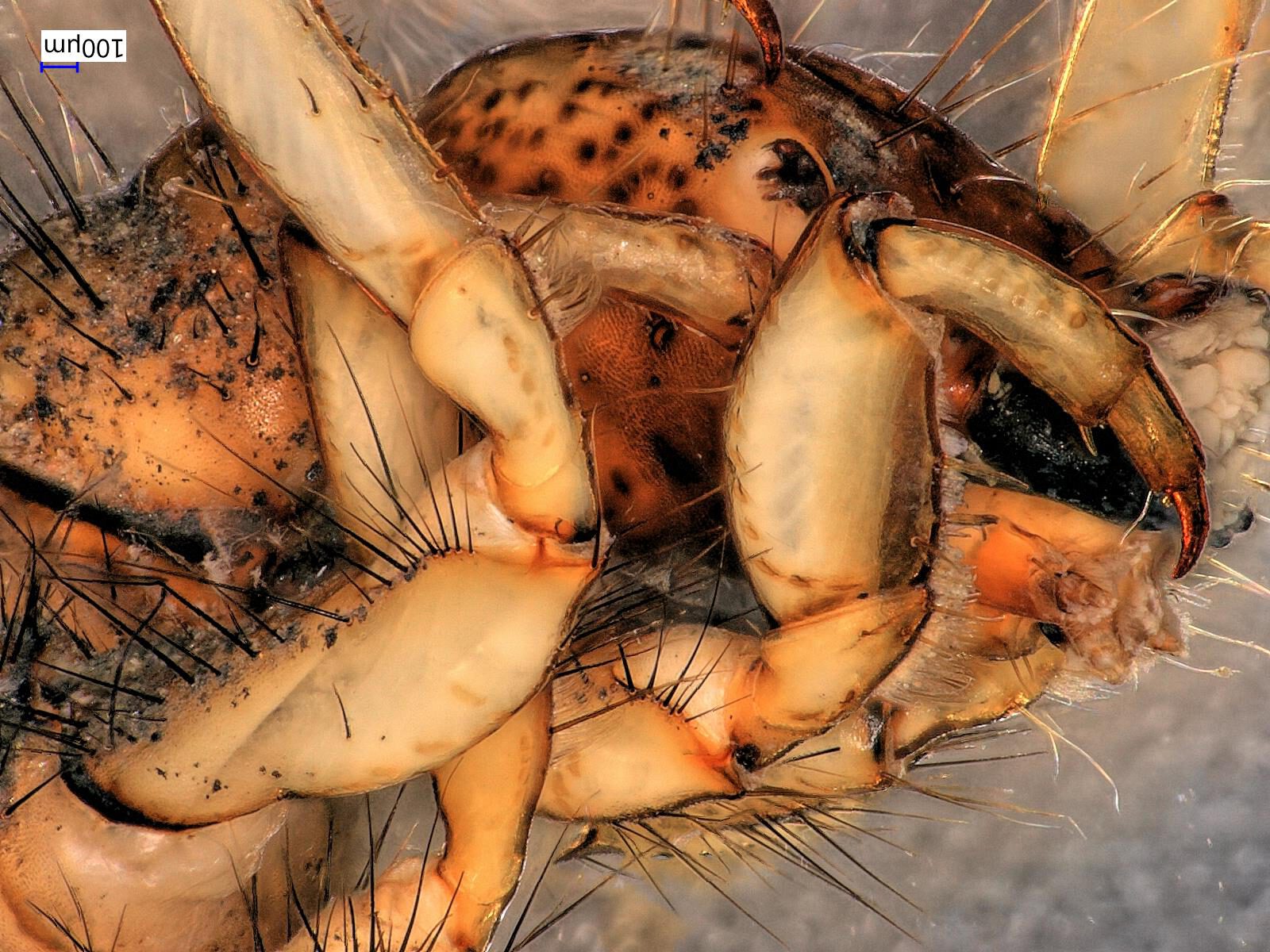
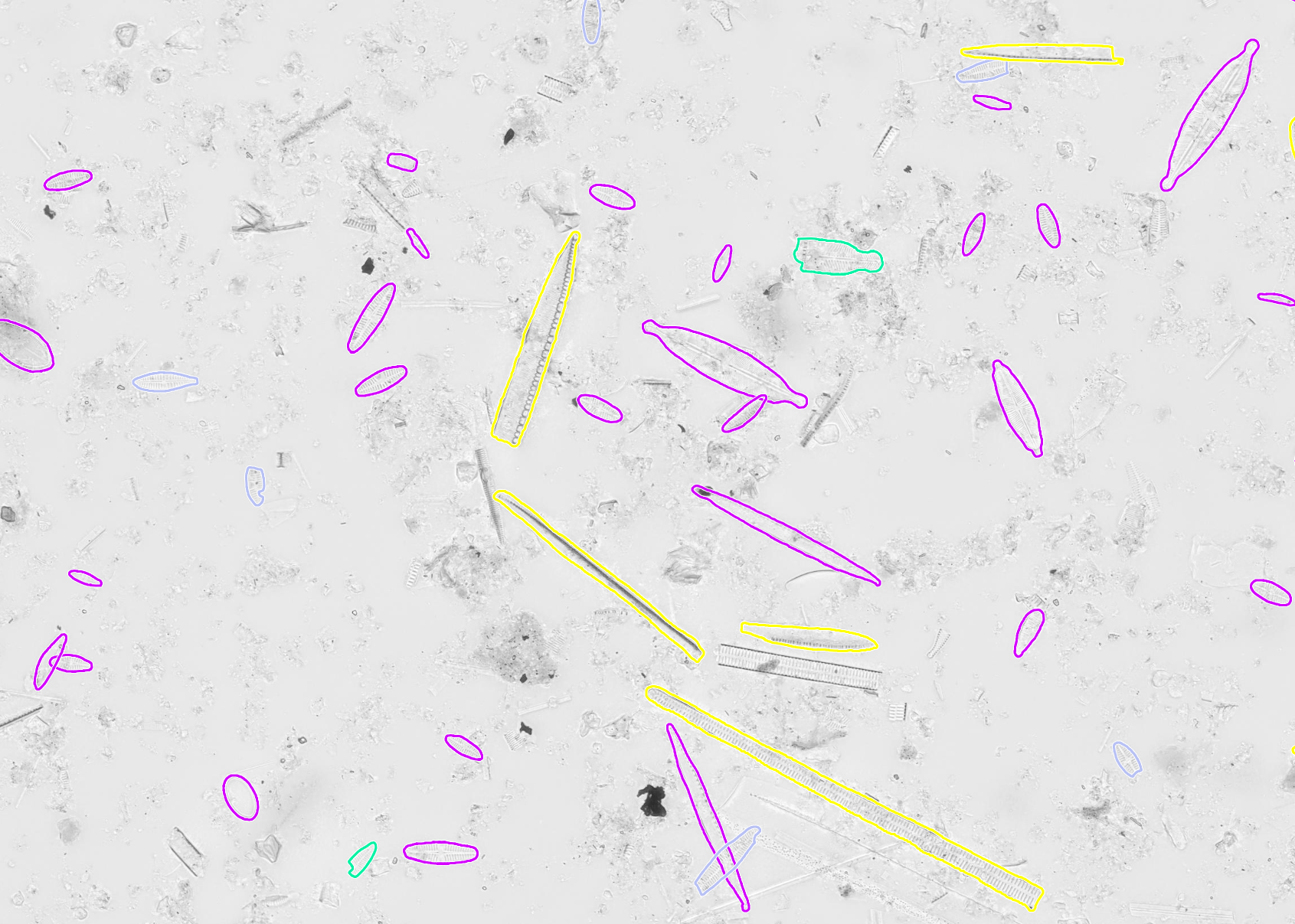
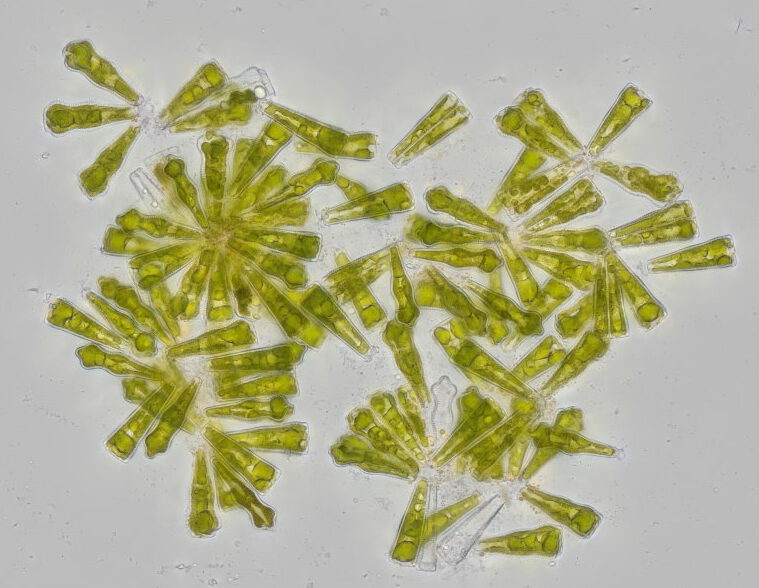

DNA-based tools
DNA methods provide comprehensive biodiversity lists across the tree of life
In this project we will test how high-throughput molecular identification methods, in particular DNA metabarcoding, can be included in the biodiversity assessment routine after sampling.
Image-based methods
Imaging methods deliver taxonomic assignments & retain quantitative information
Through high-throughput automated imaging analysis, specimen data are retained in digital archive. Based on the recordings, taxonomic assignments to specimens are possible (but less resolved than DNA-based methods) using machine-learning approaches. Furthermore, with imaging data, quantitive information (abundance, biomass, size etc.) can be inferred to complement the bioassessment data.
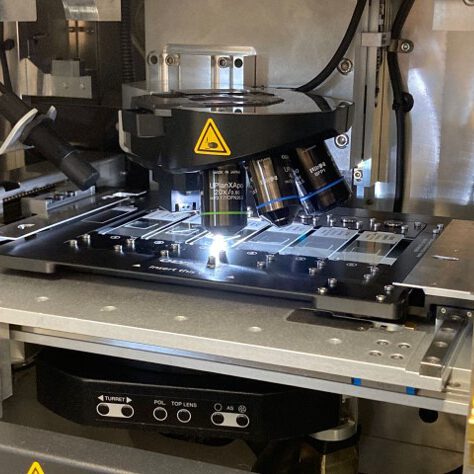
We acknowledge funding by

